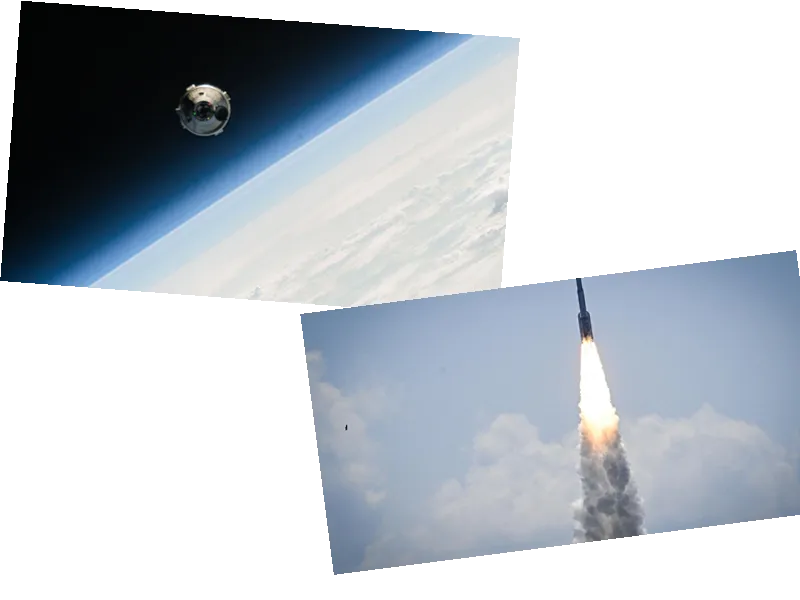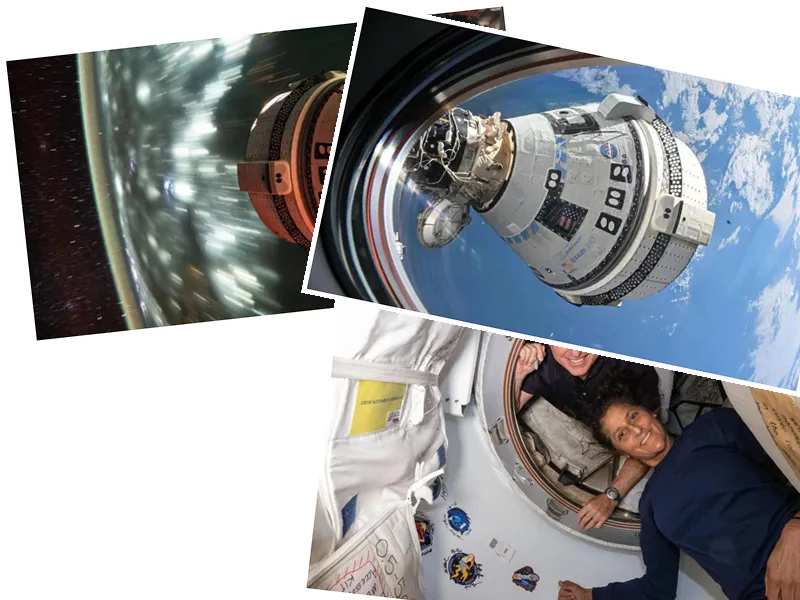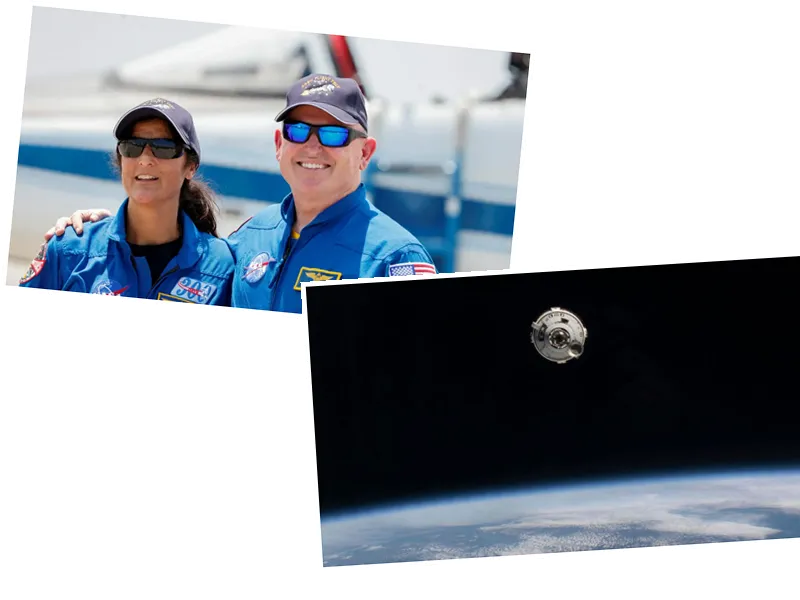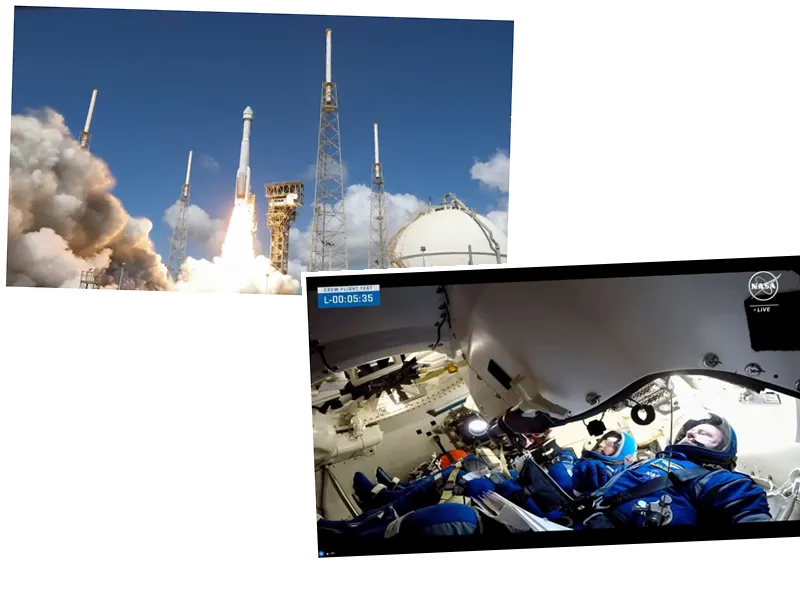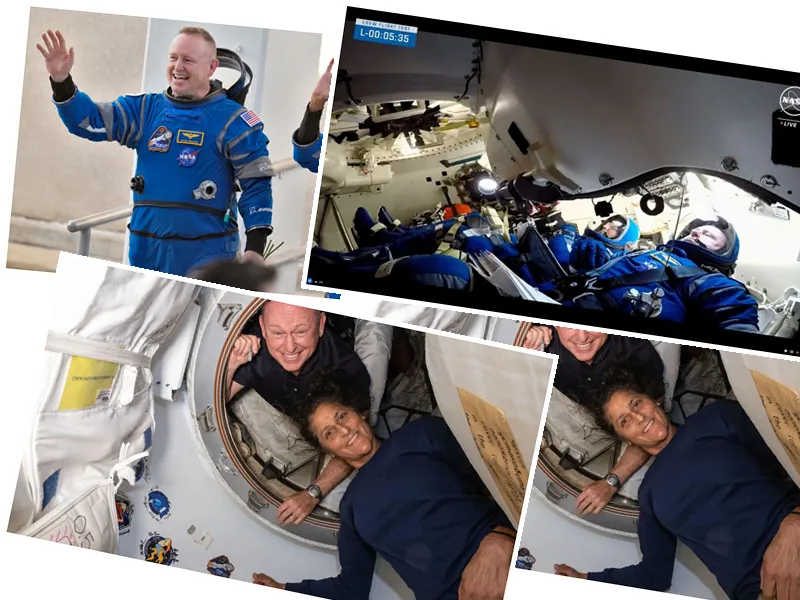Boeing's Starliner spacecraft, currently docked at the International Space Station (ISS), is facing significant challenges during its first crewed mission. Initially planned as a short stay, the mission has been extended due to helium leaks and thruster issues. Veteran astronauts Suni Williams and Butch Wilmore, who arrived at the ISS on June 6, will now remain until at least June 26 as engineers work to resolve these problems.
The Starliner mission is critical for Boeing as it aims to demonstrate the vehicle's safety and reliability for regular space taxi operations. Despite the setbacks, NASA and Boeing officials remain cautiously optimistic. Steve Stich, manager of NASA's Commercial Crew Program, emphasized the need to thoroughly analyze the data to ensure a safe return. Meanwhile, Mark Nappi, Boeing's vice president and director of the Starliner program, framed the mission as a learning opportunity, despite the 'unplanned' challenges.
This mission's extension is not unprecedented; astronauts often extend their stay aboard the ISS. However, the recurring technical issues with Starliner add to Boeing's long history of delays and setbacks. The spacecraft's journey began in 2014, when NASA commissioned both Boeing and SpaceX to develop vehicles for astronaut transport. While SpaceX's Crew Dragon has been successfully operational since 2020, Boeing's Starliner has faced numerous hurdles, including software errors and thruster malfunctions.
The return trip for Starliner will be perilous, requiring the spacecraft to withstand re-entry temperatures of around 3,000 degrees Fahrenheit and deploy redesigned parachutes to land safely in New Mexico. This mission is crucial for Boeing, which has invested over $1 billion in the program. Successful completion will allow NASA to alternate between SpaceX and Boeing for ISS missions, enhancing the agency's operational flexibility.
Boeing's broader issues extend beyond the Starliner program, with the company facing production quality problems in its commercial aviation division. Despite these challenges, Boeing executives assert that the Starliner program operates independently and is focused on achieving a safe mission. Astronaut Suni Williams expressed confidence in the spacecraft's safety and backup procedures, acknowledging that finding and addressing issues is part of the process.
- The Starliner spacecraft's extended stay at the ISS is primarily to allow engineers additional time to analyze and address the helium leaks and thruster issues. These problems occurred in a part of the vehicle not intended to survive re-entry, making it crucial to understand the root causes before the spacecraft returns to Earth.
- Boeing's Starliner program has been fraught with delays and technical issues since its inception. The first uncrewed test flight in 2019 failed due to software errors, and a second uncrewed flight in 2022 revealed further issues. NASA's Steve Stich mentioned that some of the 2022 problems might not have been fully resolved, highlighting the complexity of developing a new crew vehicle from scratch.
- If the Starliner mission encounters further issues, NASA may have to rely on SpaceX's Crew Dragon to bring the astronauts home. This scenario underscores the competitive and collaborative dynamics between Boeing and SpaceX in the commercial spaceflight sector. Boeing's success with Starliner is crucial not only for its reputation but also for maintaining a balanced partnership with NASA.
